5 Aging in Place Remodeling Ideas for a Comfortable and Stylish Home
Topic:
Aging in Place
Aging in place is the ideal for most people. To do so often requires modifications to your home if not significant remodeling. But is it practical in your situation? Are you starting to feel like you have too much square footage in your home? Too many steps to get in and out? Too much of a yard to keep up with? If you are getting stressed just thinking about these questions, it may be time to start planning for the future.
If you enjoy lawn work and gardening or don’t mind paying others for the upkeep, a sprawling yard can be fine for aging in place. But if your home has a lot of steps, inside and out, that might become a burden. If bedrooms are a flight of stairs away from the kitchen and main living area, it might be time to make some modifications to your home.
As your interests and abilities change over time, it’s important to plan for the future. The good news is that there are a number of things you can do to make your home beautiful, while also making it simpler to live in now, and ready for aging in place later.
How To Decide If Aging In Place Is The Right Choice?
Especially if you have put down roots, aging in place is a preference for many. What factors should you consider in making this big decision?
1 Evaluate your lifestyle.
Is staying close to friends and the neighborhood important? Or are you fairly new to the area, or have you watched as family and neighbors moved away leaving you with fewer ties to your home? You drive through Virginia and Maryland, noticing 55+ communities popping up everywhere. Is that idea attractive? Or maybe you just want to downsize into a condo to eliminate all the exterior home and yard maintenance. You may prefer a living situation where you can walk to shops or to a park. Evaluate your lifestyle. Aging in place might make the most sense, or moving on to a different living arrangement might be the better choice.
2 Evaluate your home.
If you are living in a ranch-style home, your decision gets easier. You already have mostly first-floor living, and maybe an office, home theater, or laundry room downstairs in the basement. A home situated on a steep hill means thinking through a landscaping and exterior design plan that limits or eliminates steps.
A two-story home presents numerous challenges to aging in place, where the goal is single-floor living. Evaluate whether modifications to your current home will be worthwhile, or if finding a new home would be preferable.
3 Consider modifications to your home that do not require major renovation.
This might include exterior ramps or planning to add a stair lift between the first and second floors. Most do not find these options ideal, but they would allow for the extended independence that is the goal of aging in place.
There are so many factors in making a decision that is right for you. Understanding your options and weighing them carefully is a great start.
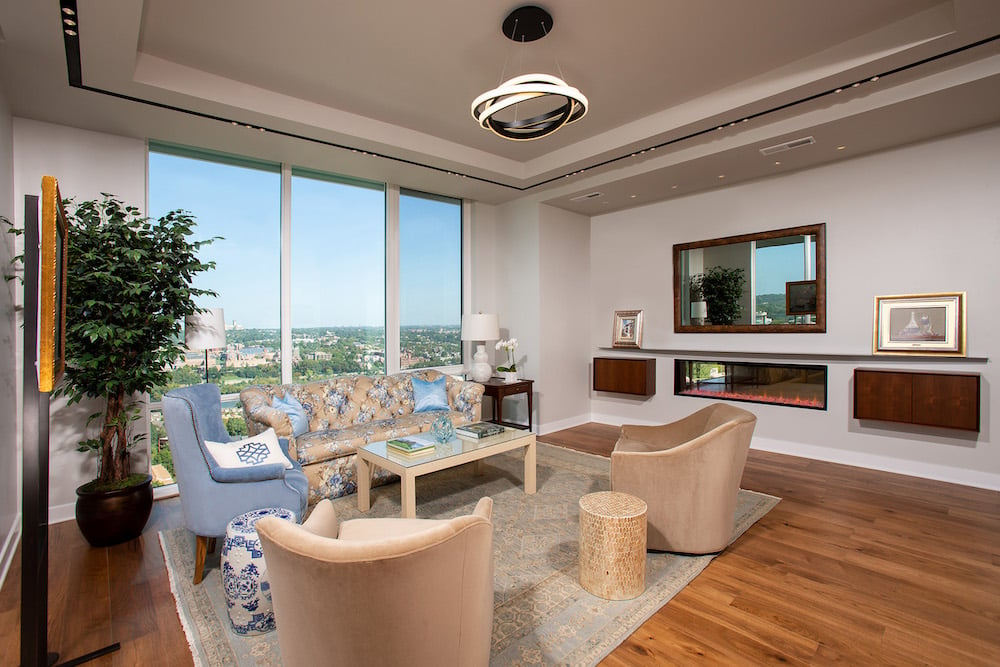
Five Aging-In-Place Remodeling Ideas
Now you’ve decided that aging in place is the way to go, and you are staying put. Excellent! What are the best ways to modify your home to make aging in place possible?
The goal is to have all or most of your living done on one level. You want your remodeling plans to identify opportunities to modify or repurpose existing spaces and create new pathways to rooms in different areas of your home. Here are five ways you might consider to meet those goals.
- Convert a first-floor room - A big need for aging in place is a 1st floor bedroom. Converting a study or underused formal living room into a bedroom could be the answer. This is a good opportunity to also convert a powder room to a full bath.
- Build a primary suite addition – If there is no spare room downstairs in the main living area, consider adding one. A primary suite addition is popular, adding value to your own use of the home, along with a strong selling point when you are ready to move. While you are adding a primary suite, move the laundry up from the basement to the first floor. Again, main floor living = aging in place.
- Install an elevator – If the first two options are not feasible, consider an elevator. This gives you access to all floors of your home. In this scenario, we would still advise moving the laundry from the basement, ideally to the floor with the bedrooms, which is typically the place where you collect laundry.
- Modify the kitchen & bath – Part of aging in place is making it easier to maneuver in the kitchen and bathrooms. Frequently used cabinet doors and shelves should be accessible from floor level without the need for a step stool. You could also create a countertop storage area for small appliances so you don’t have to reach into storage cabinets and lift them out.
In the bath, consider wider doors for wheelchair access, along with grab bars to get out of a sitting position at the commode and in the tub. You might also install a curbless shower and a wall-hung sink, again for better wheelchair access. All of these modifications can look very sleek and stylish, so you are not creating a hospital-like environment, but a spa. - Use home technology to make life easier – Many of these solutions (like many of the solutions above) will improve the way you live in your home immediately. Install motion-activated pathway lights especially on steps or ramps so you can always find your way without fumbling for your phone flashlight. Keyless entry and motion or sound-activated light switches on the interior again mean less fumbling around in the dark. Many of these can be accessed by apps on your phone. The trick is to keep track of your phone!
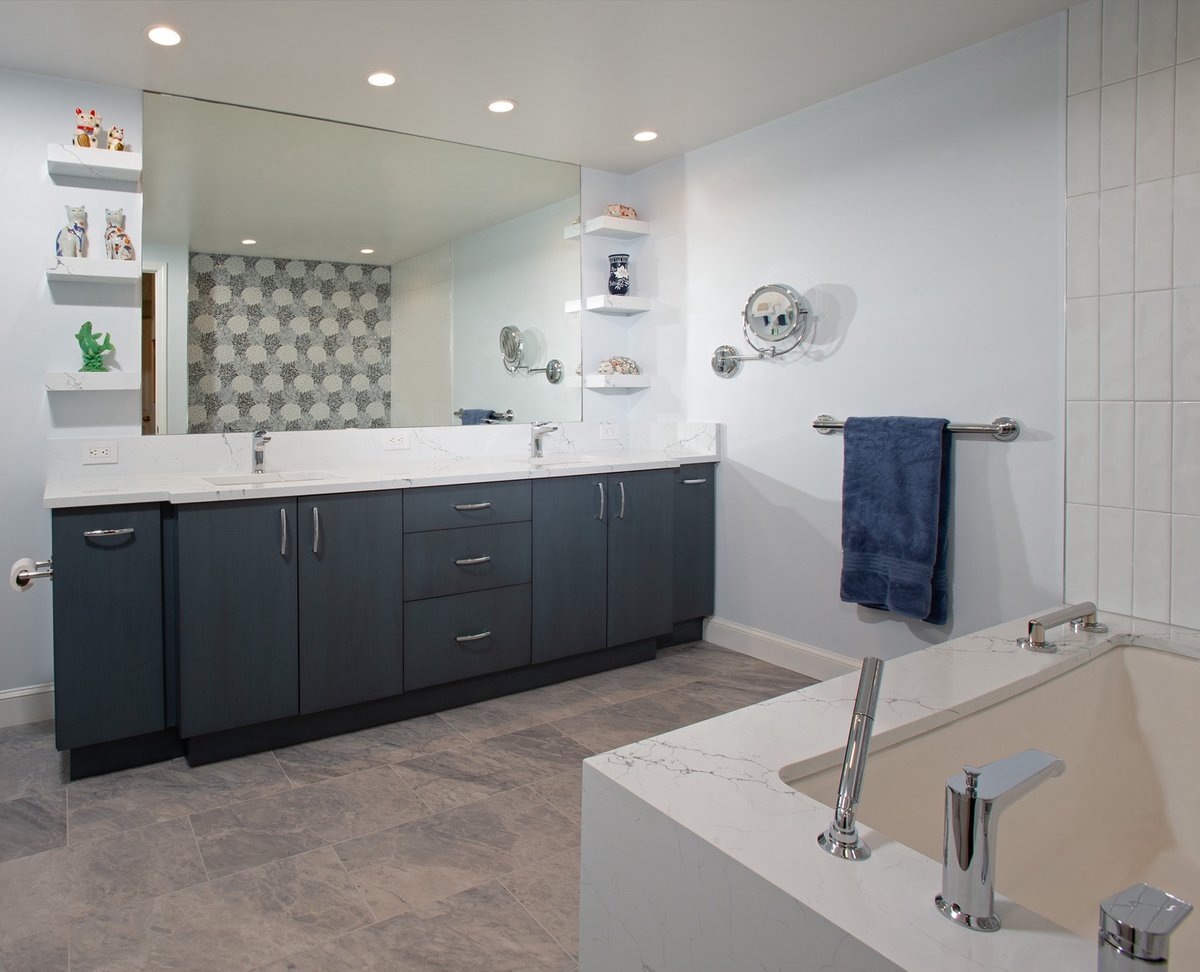
When Should I Start Remodeling for Aging In Place?
If you don’t want other people pressuring you or making decisions on where to live on your behalf, you’ll want to start planning sooner rather than later.
This may strike you as funny, but a good time to begin thinking about this is when your AARP card arrives in the mail. Somewhere between ages 55 and 65 is a great time to start planning.
How do you begin making these plans? By finding a trusted advisor. Look for a design-build firm with a long track record of serving communities in the Washington DC area. You’ll want to work with a company with experience in designing and building for aging in place, who will help you develop a plan to remodel in stages or all at once.
To learn more about remodeling to age in place and the design-build process, download our eBook titled "Homeowner's Remodeling Guide To Age In Place With Style, Comfort And Safety" to get an in-depth understanding. If you are considering a home renovation, please feel free to schedule a home renovation discovery session with Gilday today.
8820 Brookville Road,
Silver Spring, MD 20910
© Gilday Renovations 2025
info@gilday.com


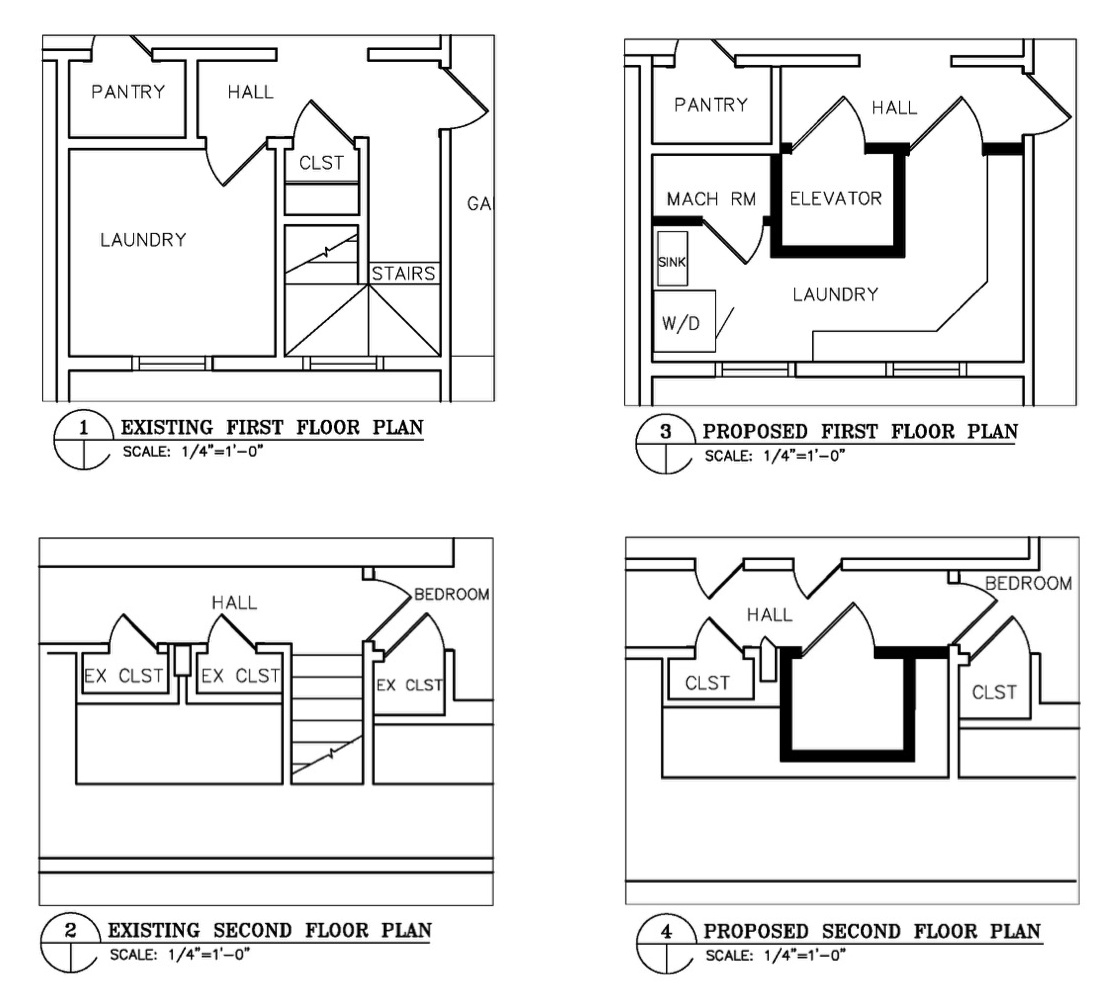
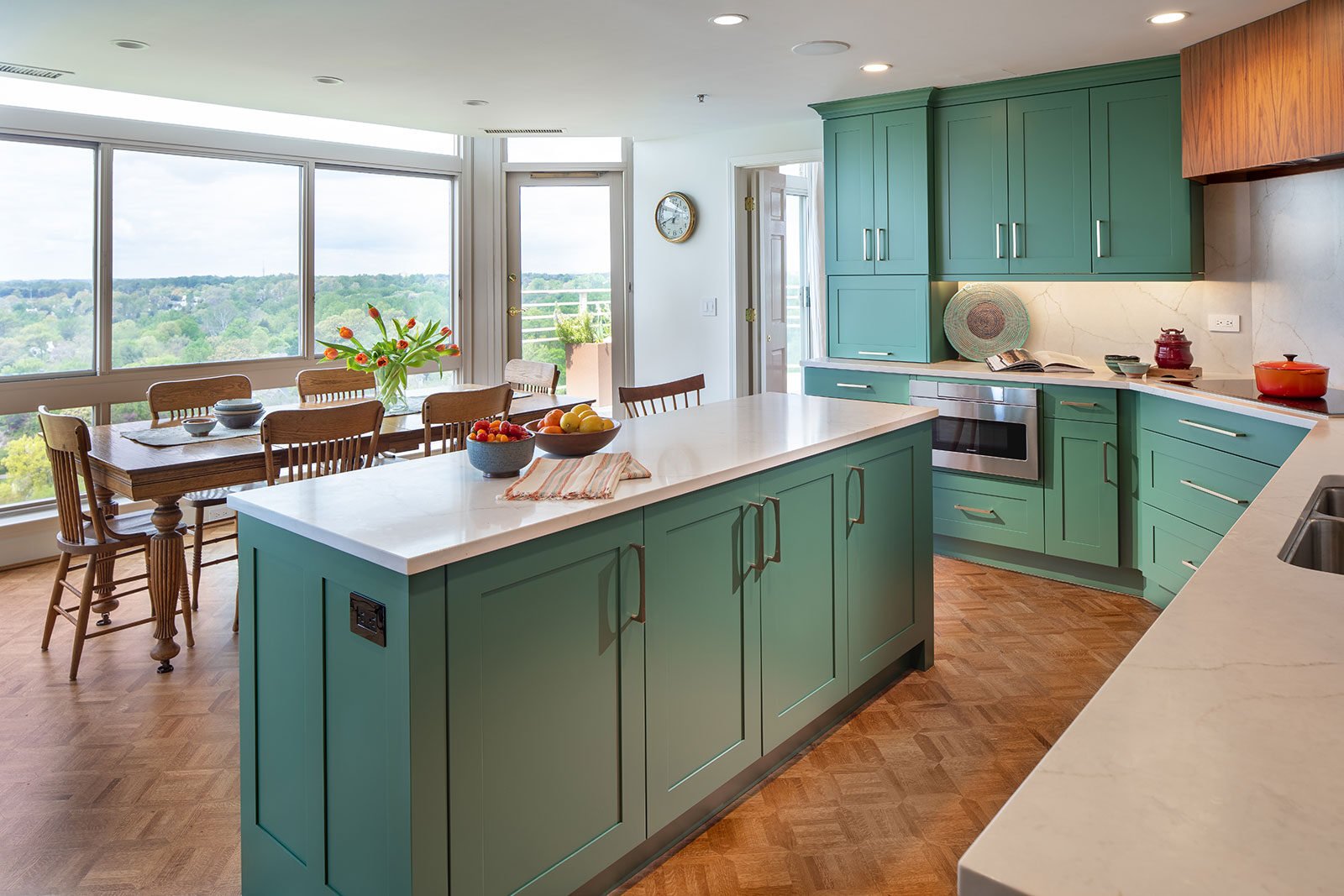
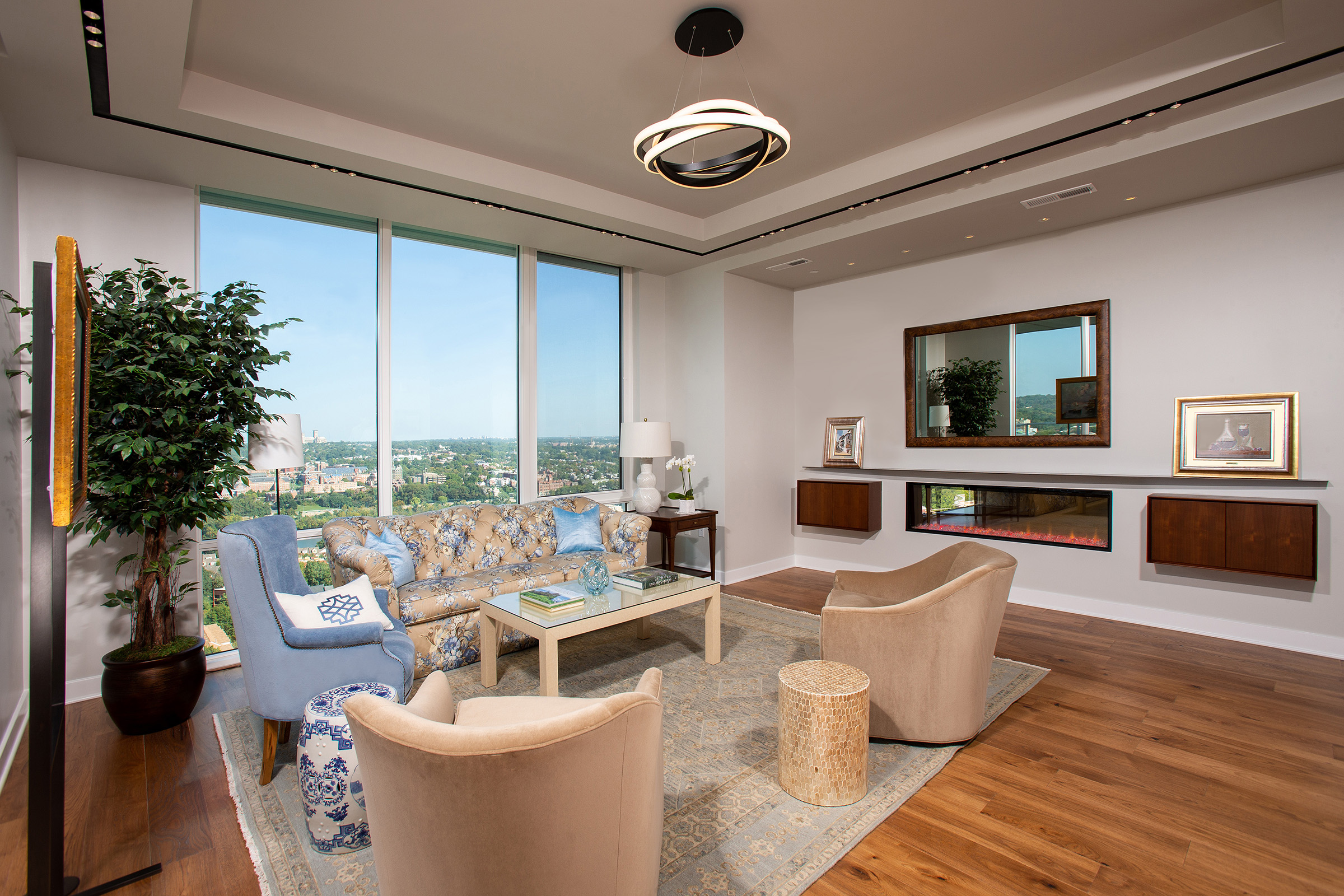
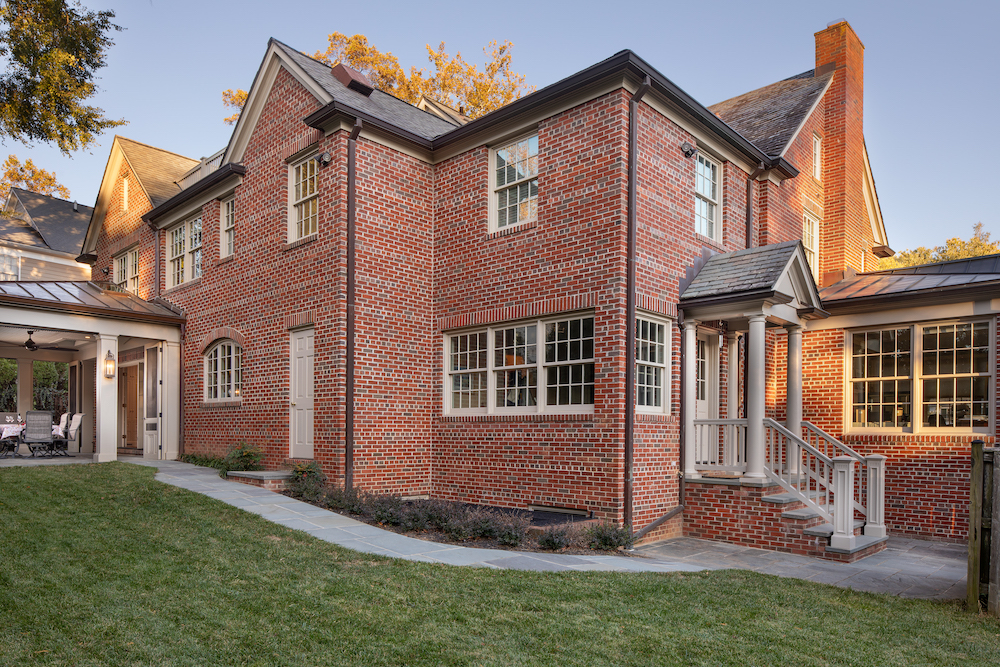
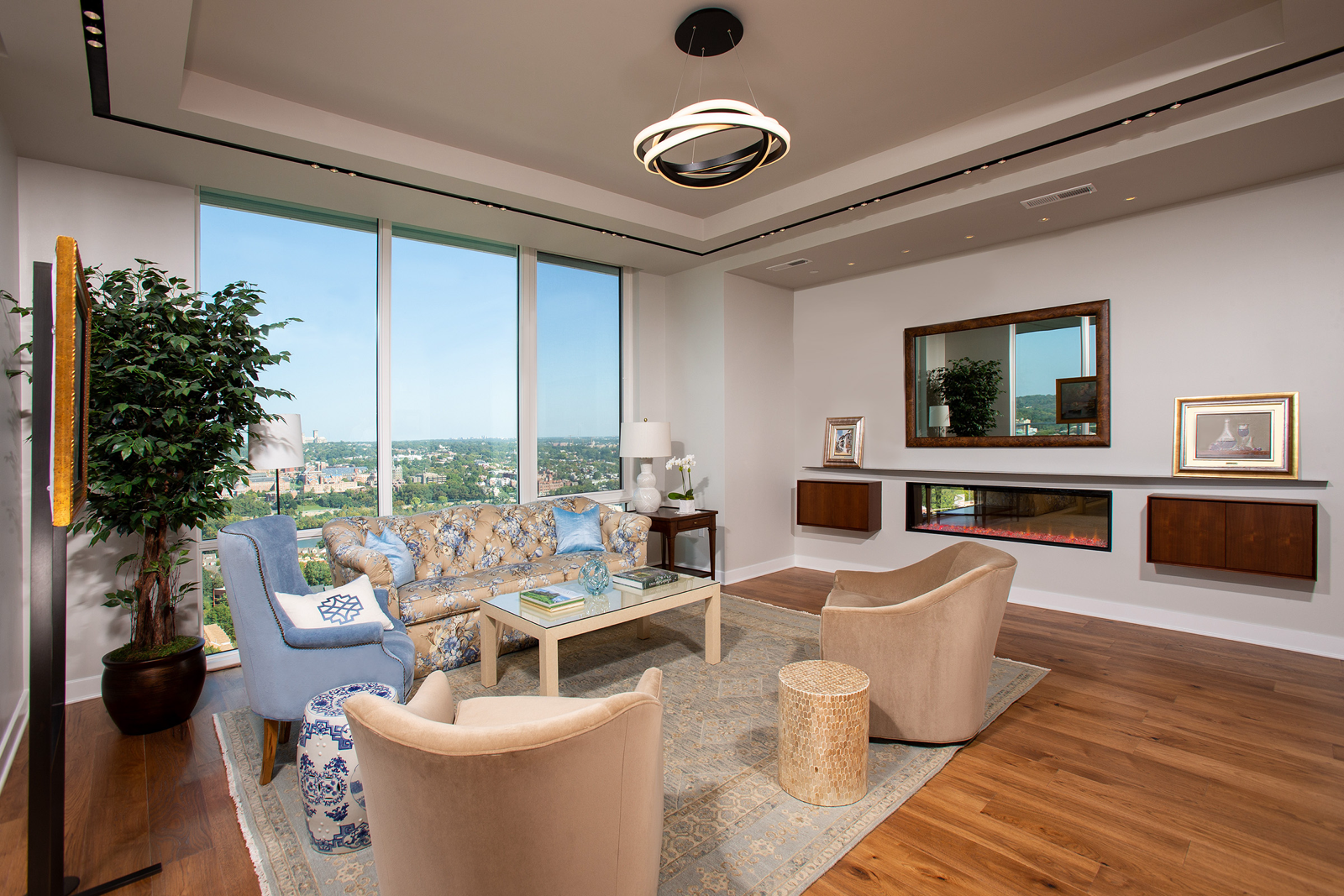
Leave a comment